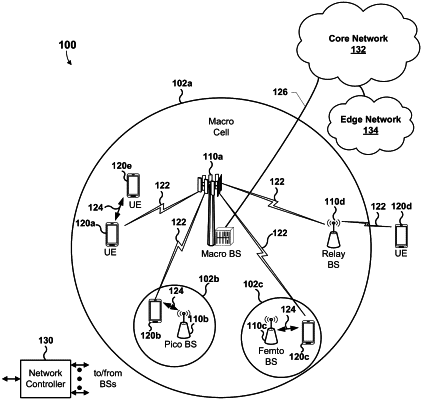| CPC B60W 60/001 (2020.02) [G06F 16/29 (2019.01); G06F 16/9035 (2019.01); H04W 4/025 (2013.01); H04W 4/40 (2018.02); B60W 2556/35 (2020.02); B60W 2556/50 (2020.02)] | 19 Claims |

|
1. A method performed by an Edge computing device for generating local dynamic map (LDM) data, comprising:
receiving first LDM data for a service area of the Edge computing device, wherein the Edge computing device is deployed for the service area to supplement processing capabilities of a mobile device for which the service area is relevant, wherein the Edge computing device receives the first LDM data from a set of devices including a road side unit (RSU), and wherein the first LDM data comprises highly dynamic data obtained within a threshold amount of time;
determining a trust metric for the received first LDM data based on one or more of a plurality of trust parameters corresponding to a source device of the set of devices, wherein the plurality of trust parameters include at least one of:
a first trust parameter based on whether the received first LDM data is corroborated with LDM data of the service area within the threshold amount of time from another source from the set of devices;
a second trust parameter based on one or more factors related to a communication link used to receive the first LDM data;
a third trust parameters based on whether the first LDM data is received from an authenticated source of the set of devices;
a fourth trust parameter based on a type and robustness of authentication credentials for a source device of the set of devices;
a fifth trust parameter based on whether the first LDM data is received from the source device that is registered with a network; or
a sixth trust parameter based on whether the source device is registered with the Edge computing device;
integrating the first LDM data into an LDM data model at the Edge computing device in response to determining that the trust metric exceeds a trust metric threshold;
receiving by the Edge computing device information regarding a planned route of the mobile device;
determining second LDM data of the LDM data model that is relevant to the mobile device based upon generated state information of the mobile device, wherein the determined second LDM data comprises highly dynamic data obtained within the threshold amount of time, wherein determining the second LDM data that is relevant to the mobile device includes determining the second LDM data that is relevant to the mobile device along the planned route, wherein determining the second LDM data that is relevant to the mobile device includes determining the second LDM data is beyond sensors of the mobile device and within a predetermined distance of the mobile device;
transmitting the determined second LDM data to the mobile device;
comparing the state information for the mobile device against the second LDM data to generate difference data; and
transmitting the difference data between the state information for the mobile device and the second LDM data to update LDM data on the mobile device.
|